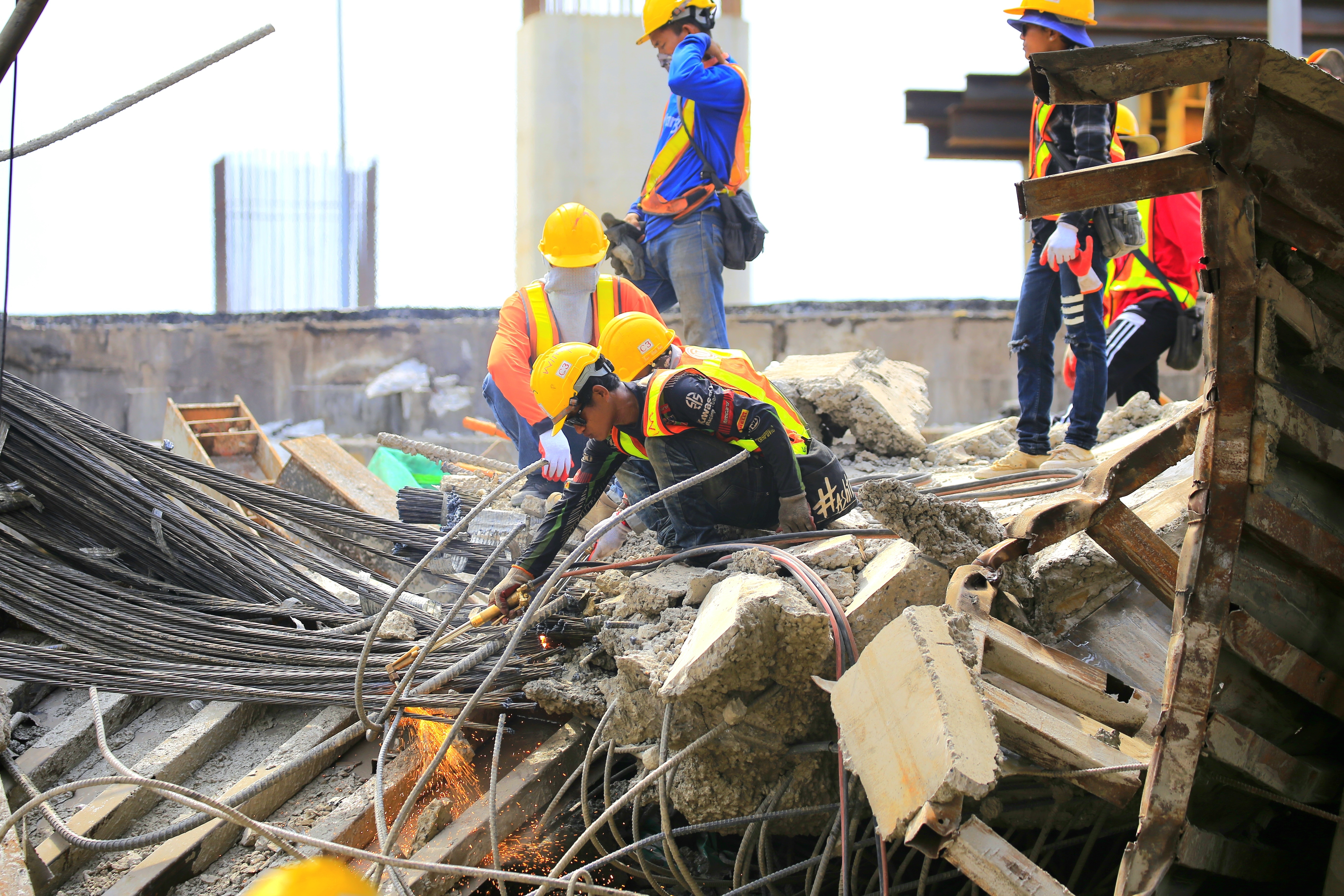Tragedy for Myanmar, Dangers for Donors
The political aftershocks from the Myanmar earthquake will reverberate long after the rescue teams return home, writes Nicholas Coppel.
9 April 2025

Estimates of the death toll from the 28 March earthquake that devastated Myanmar and neighbouring countries range upwards from 3,000 with the exact number unlikely to be ever known. The military junta that calls itself the State Administration Council (SAC) appealed for international assistance. This is in marked contrast with the response, by a previous military government, to Cyclone Nargis in 2008 which left an estimated 138,000 people dead or missing. Foreign government offers of aid after the cyclone were initially turned down provoking an international outcry. It was a week before a coordinated response led by the Association of South East Asian Nations (ASEAN) with assistance from the United Nations was permitted to commence.
This time, rescuers from Australia, India, Singapore, Malaysia, Thailand, Vietnam, Turkey, China and Russia were allowed in, although not always warmly welcomed. The military junta fired live ammunition at a Chinese aid convoy arriving by road and has continued with airstrikes and drone and artillery attacks against civilians in resistance areas. The shadow National Unity Government (NUG) declared a two-week ceasefire (except for defensive operations) as did several ethnic armed organisations, but it was a week before the military junta reciprocated announcing a ceasefire to allow earthquake relief.
Over 50 million US dollars of international humanitarian aid has been committed by international organisations and national governments and an unknowable amount by community level organisations and individuals. However, the shadow NUG has displayed an overarching anxiety that it will legitimise and empower the military junta. Donors are being urged to channel assistance through local community groups and frontline responders in collaboration with the NUG, ethnic resistance organisations and civil society. This anxiety was acknowledged by Australian Foreign Affairs Minister Penny Wong’s assistance announcements, which stress that Australia does not provide any direct funding to the military regime and takes proactive steps to ensure assistance does not legitimise the military junta.
The call to work through the NUG and local actors is unlikely to be heeded. The patchwork of targeted sanctions imposed by some Western governments against named Myanmar individuals and entities, combined with the Financial Action Taskforce’s listing of Myanmar as a high-risk country for money laundering, terrorist financing and proliferation financing, has caused many international banks to de-risk and cease all transfers to Myanmar. And, even if funds go to Thailand-based networks, there is no certainty that the recipient entities could assist in the areas most affected by the earthquake. The greatest devastation has been in junta-controlled areas such as Mandalay, Naypyitaw and Sagaing Region. The deployment of emergency response and assessment teams to these areas necessarily requires contact with and the approval of the military junta. To decry this as legitimising the junta is itself the politicisation of assistance. Humanitarian assistance needs to be driven by need and not be delayed or denied out of a fear of public perceptions.
However, when the focus moves from rescue and relief to post-disaster recovery, international donors, the NUG and civil society organisations are all likely to be reluctant to contribute to rebuilding SAC-controlled areas (including the national capital) while other parts of the country continue to be pummelled with air strikes and drone attacks.
Junta commander Min Aung Hlaing is determined to cling to power and continues to use fear and lethal force to remain there. At the very least he needs to be gone for any feasible future for Myanmar, but this will not happen by simply avoiding him and denying him meetings. Cancel culture at the state level is voodoo diplomacy. He cannot be wished away, he will need to be forcibly removed or encouraged to go, and both approaches require actions that are more than avoidance of the man.
The earthquake response has been politicised by both the military regime and the National Unity Government. The junta chief wallowed in the international attention generated by the response, taking phone calls offering assistance from China’s President Xi Jinping, India’s Prime Minister Narendra Modi and Malaysian Prime Minister Anwar Ibrahim. He then left the crisis-afflicted country to attend a summit of the not-so-important Bay of Bengal Initiative for Multi-Sectoral Technical and Economic Cooperation (“BIMSTEC” for short) where he met and had photo-ops with the prime ministers of India, Thailand, Sri Lanka and Bhutan, amongst others. Myanmar’s state-controlled media made much of these meetings but the coverage is likely to be damaging to him just as images of Australian Prime Minister Scott Morrison holidaying in Hawaii while bushfires were raging at home were to Morrison.
For the NUG, the earthquake has revealed its own limited capability. With few resources at its command and limited access to affected areas it has been unable to demonstrate that it is, and should be treated as, the functioning government of all Myanmar. It has corralled some resources for relief efforts in areas it can access but otherwise its efforts have been focused on preventing the junta from gaining support or legitimacy from international assistance, particularly by reminding the world of how Myanmar’s military obstructed humanitarian assistance and abused foreign aid following Cyclone Nargis (2008) and Cyclone Mocha (2023). Many affected townships have yet to receive emergency medical teams.
The earthquake will have its political aftershocks, including for ASEAN’s insecure agreement to keep Myanmar suspended from leader- and foreign minister-level ASEAN meetings. The emergency meeting of ASEAN Foreign Ministers convened to endorse an earthquake response coordinating role for the ASEAN Coordinating Centre for Humanitarian Assistance on Disaster Management (AHA Centre) breached this policy and received a situation briefing from the junta’s foreign minister. More than a precedent, those member states wishing to bring Myanmar back into the fold will now more forcefully argue the necessity and benefits of engagement. The earthquake has also made the always dubious prospect of national elections, most recently promised for the end of 2025, appear even less likely despite the latest assurances to the contrary.
The two-week ceasefire is too short for the rescue, relief and recovery effort needed and the airstrikes and artillery and drone attacks will resume to demonstrate once more the military regime prioritising its own survival over the well-being of the nation.
Nicholas Coppel, President of the Australia Myanmar Institute and former Australian Ambassador to Myanmar. With Associate Professor Lennon Chang, he is the author of “Myanmar’s Digital Coup: How the World Responded” (Palgrave Macmillan, 2024).
How can we help? Get in touch to discuss how we can help you engage with Asia
